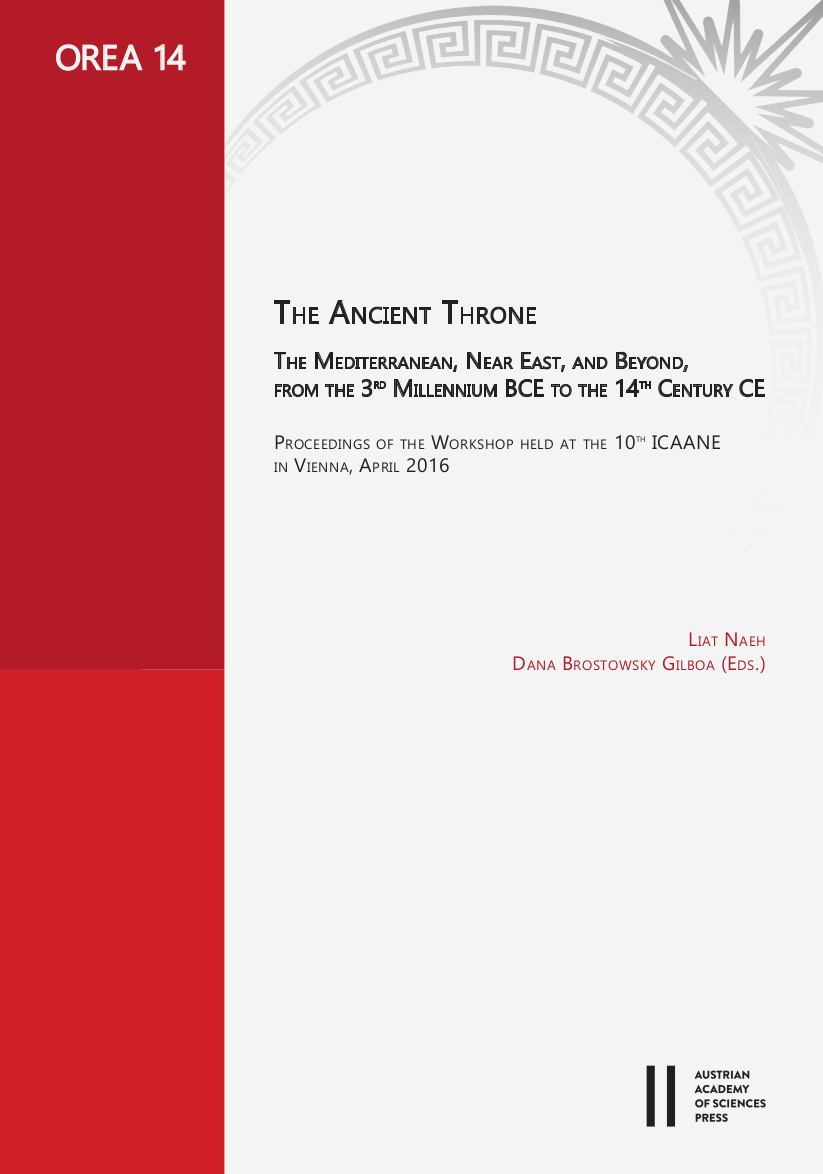
The Ancient Throne. The Mediterranean, Near East, and Beyond, from the 3rd Millennium BCE to the 14th Century CE.Proceedings of the Workshop held at 10th ICAANE in Vienna, April 2016, pp. 173-190, 2020/09/02
Proceedings of the Workshop held at the 10th ICAANE in Vienna, April 2016
Enthronements from the Mongol period, described by Western travellers and depicted in various arts in China and Iran, show how the status of women changed over the course of the 13th and 14th centuries. Woman had high standing in traditional steppe culture, as demonstrated by their position seated just to the left of their consorts in official enthronements from the 13th century. But as the Mongols integrated with sedentary society over the course of the 14th century, particularly in Iran, the status of women changed, and they were no longer depicted in a fixed position beside their husbands wearing distinctive Mongol headgear. This change is evident in various depictions of court enthronements composed on paper but executed in other media, first under the Ilkhanids, the Mongol rulers of Iraq and Iran, and then under their successors, such as the Injuids who took over in south-western Iran, the Jalayirids who ruled in the northwest, and the Timurids who succeeded the Ilkhanids in the east.
Keywords: enthronement, khatun, women, Mongol, Yüan, Ilkhanid